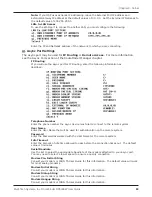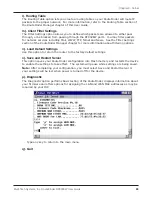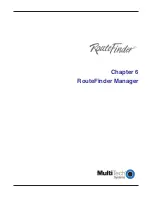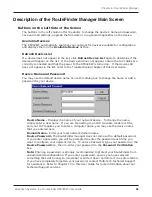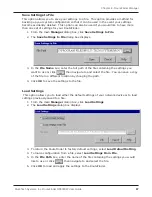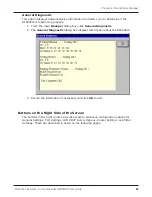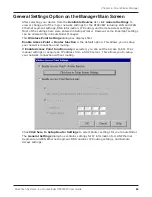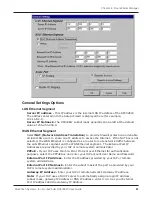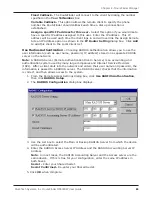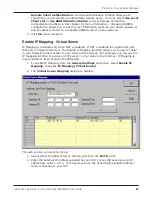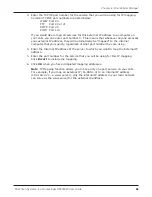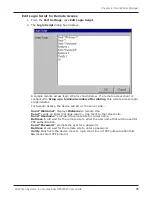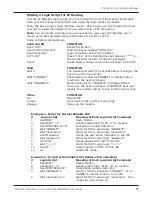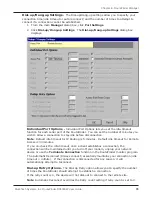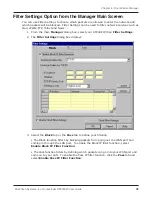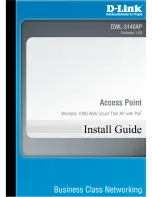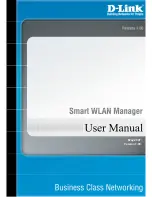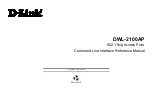
64
Chapter 6 - RouteFinder Manager
Multi-Tech Systems, Inc. RouteFinder RF802EW User Guide
Remote Authentication Settings -
When you select Allow Remote Dial-in, you must
determine the method that remote users must use to be authenticated on your system. If
you choose the PAP or CHAP authentication protocol, you must select Use Local Settings,
Use Local Client List or Use RADIUS Server authentication.
Use Local Setting -
You may create a Remote User Name and Remote Password to log
in to the system. All users must type the same user name and password that you
specify.
Use Local Client List -
The Local Client list is a list of all User Names and Passwords
that can access your network from a remote site. When a remote user dials in to the
RF802EW, the users access profile information (user name, password, callback status,
etc.) is validated by checking the user information in this list. The RF802EW can
include up to 64 users in the Local Client list. Click Local Client List to add your remote
users.
Important
: The RF802EW is set up with a default user of guest which requires no
password. For security reasons, either delete the user ID guest or provide it with a
password
.
Client Information
- For each new remote user added to the system, enter the
following information:
User Name -
Specify a user name with a maximum of 16 characters.
Password -
Specify the password corresponding to the user name. Passwords are
limited to 16 characters.
Password Verification -
Verify the password by re-entering the user password in
the box provided.
Callback Type -
The callback feature provides an added level of security to your
dial in system. A remote client dials in to the network and then disconnects. The
RF802EW then calls the client back. The feature can be implemented using
no
callback
,
fixed callback
, or
variable callback
.
No Callback -
The RouteFinder does not perform a callback function. This is the
default setting.
Summary of Contents for RouteFinder RF802EW
Page 1: ...Model RF802EW Wireless Router Access Point User Guide ...
Page 5: ...Chapter 1 Introduction ...
Page 10: ...Chapter 2 Hardware Installation ...
Page 13: ...Chapter 3 Software Installation and Configuration ...
Page 24: ...Chapter 4 Web Browser Configuration and Management ...
Page 47: ...Chapter 5 Telnet ...
Page 54: ...Chapter 6 RouteFinder Manager ...
Page 84: ...Chapter 7 RouteFinder Monitor ...
Page 93: ...Chapter 8 LAN Client Settings ...
Page 116: ...Chapter 9 LAN to LAN Settings ...
Page 119: ...Chapter 10 Troubleshooting ...
Page 123: ...Chapter 11 Service Warranty and Technical Support ...
Page 130: ...Appendixes Appendix A Appendix B Appendix C ...
Page 135: ...Glossary ...

